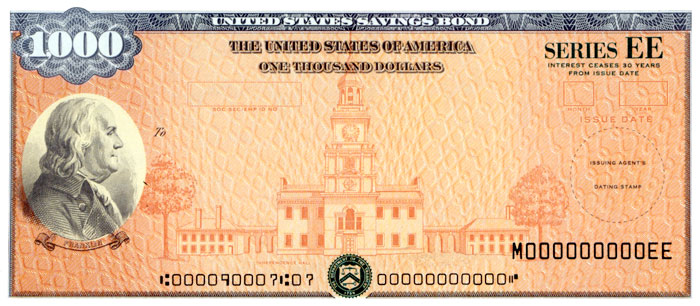US government debt jumps
March 27, 2019 | Expert Insights

The amount of government debt with negative yields has vaulted back over the $10tn mark after the Federal Reserve’s unexpectedly downbeat outlook exacerbated concerns over the health of the global economy and sent investors scurrying for the apparent safety of sovereign bonds.
Background
A bond is an instrument of indebtedness of the bond issuer to the holders. The most common types of bonds include municipal bonds and corporate bonds.
The bond is a debt security, under which the issuer owes the holders a debt and (depending on the terms of the bond) is obliged to pay them interest (the coupon) or to repay the principal at a later date, termed the maturity date. Interest is usually payable at fixed intervals (semi-annual, annual, sometimes monthly). Very often the bond is negotiable, that is, the ownership of the instrument can be transferred in the secondary market. This means that once the transfer agents at the bank medallion stamp the bond, it is highly liquid on the secondary market.
The yield is the rate of return received from investing in the bond. It usually refers to either the current yield or running yield, which is simply the annual interest payment divided by the current market price of the bond (often the clean price).
The yield to maturity, or redemption yield, which is a more useful measure of the return of the bond. This takes into account the current market price and the amount and timing of all remaining coupon payments and of the repayment due on maturity. It is equivalent to the internal rate of return of a bond.
Analysis
Bond yields have sagged lower for much of 2019, as fixed-income investors have remained sceptical that growth will pick up again. With economic data still weak and inflation at bay, central banks have been forced to abandon moves to tighten monetary policy.
The European Central Bank restarted a crisis-era bank lending programme, and last week the Fed shelved plans to raise interest rates this year — unexpectedly cautious moves that have raised questions whether officials see a downturn coming.
“It is puzzling why the Fed felt that it needed to be even more dovish last week than in January,” David Woo, a senior strategist at Bank of America Merrill Lynch noted. “Investors are starting to ask what the Fed might know about the economy that the market does not?”
Coupled with more underwhelming economic data, the central banks’ caution has poured fuel on a rally in safer, higher-rated government bonds, even pushing the 10-year German Bund yield back into negative territory. The total amount of debt trading with nominal yields below zero is $10.07tn, according to Bloomberg data, up from a low of $5.7tn in early 2018. The last time the total moved through the $10tn mark was September 2017.
Other key bond indices have moved higher. The Bloomberg Barclays Multiverse index, which tracks $55tn worth of debt, last week enjoyed its biggest five-day gains in over a year. That pushed the average yield on bonds in the index to 2.03 per cent – the lowest since January 2018.
Meanwhile, longer-term US government bond yields have dipped below short-term ones, an inversion of the “yield curve” that has historically been a useful predictor of economic recessions. On March 22, the 10-year Treasury yield fell below the yield on three-month T-bills, fanning concerns that the long post-crisis economic expansion is coming to an end. The spread between the three-month and ten-year instruments is the Fed’s preferred measure of the yield curve.
Some analysts have pointed out that the yield curve often inverts well before a recession, and the Fed itself has been at pains to stress that economic growth remains resilient. However, that is unlikely to comfort investors who remain on edge after the rough fourth quarter, according to Matt Maley, a strategist at Miller Tabak + Co.
Assessment
Our assessment is that the growth of negative yield bonds is a sign that the Federal Reserve needs to reverse its policy on interest rates. We believe that despite the trends, the global slowdown is expected to recover with the halt of the US-China trade war provided the Federal Reserve makes a change in its current interest rate policy.








Comments